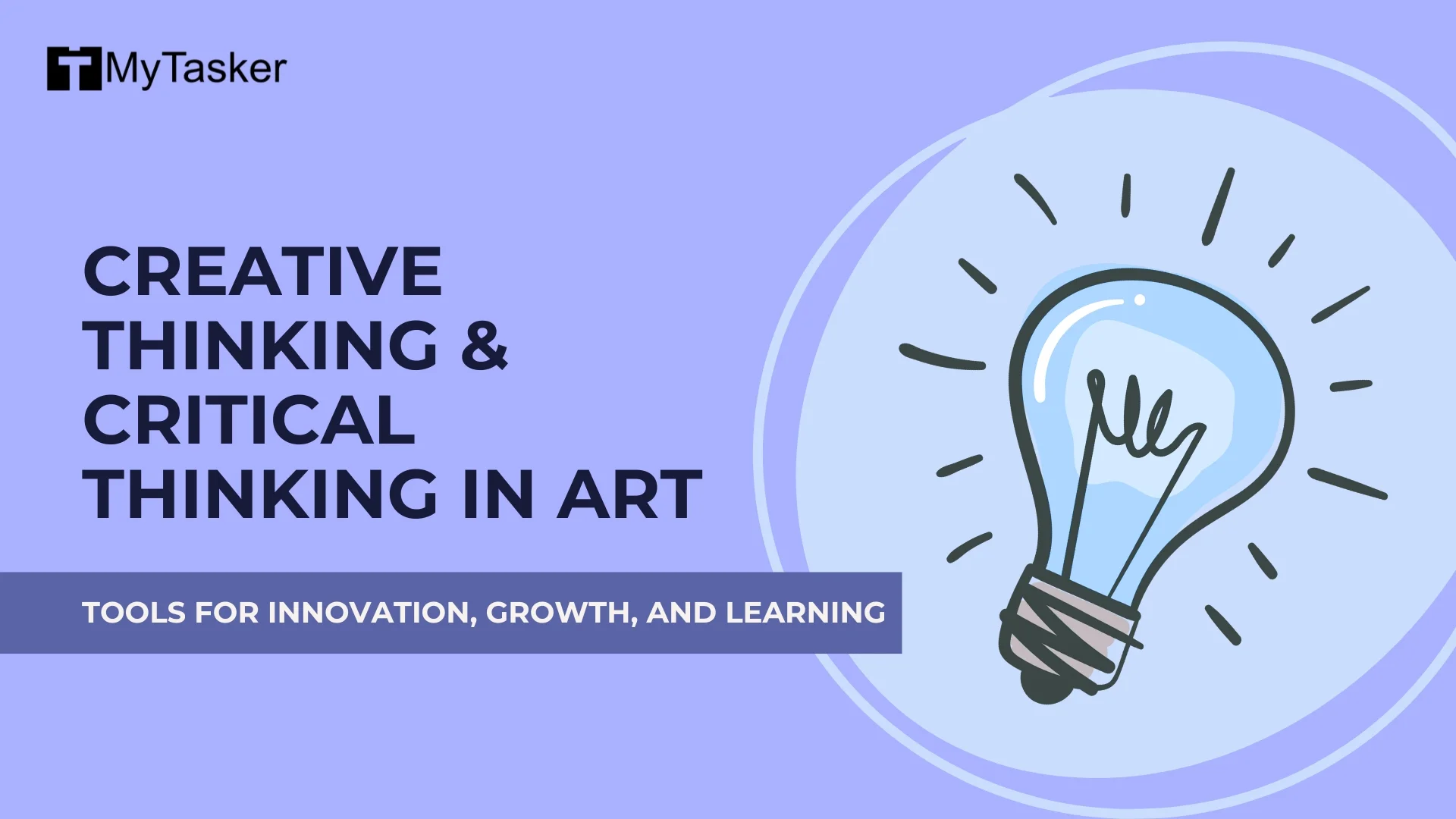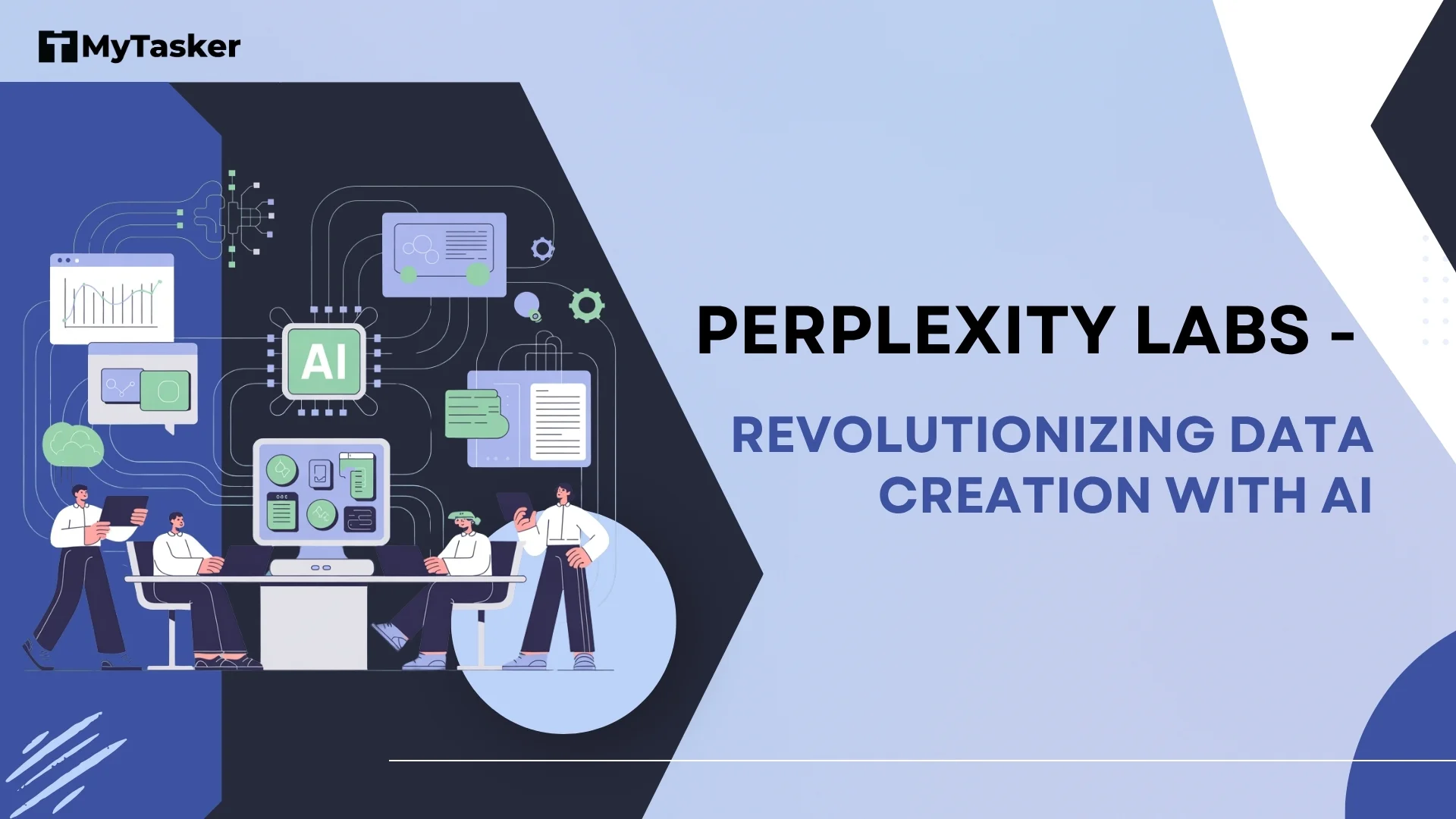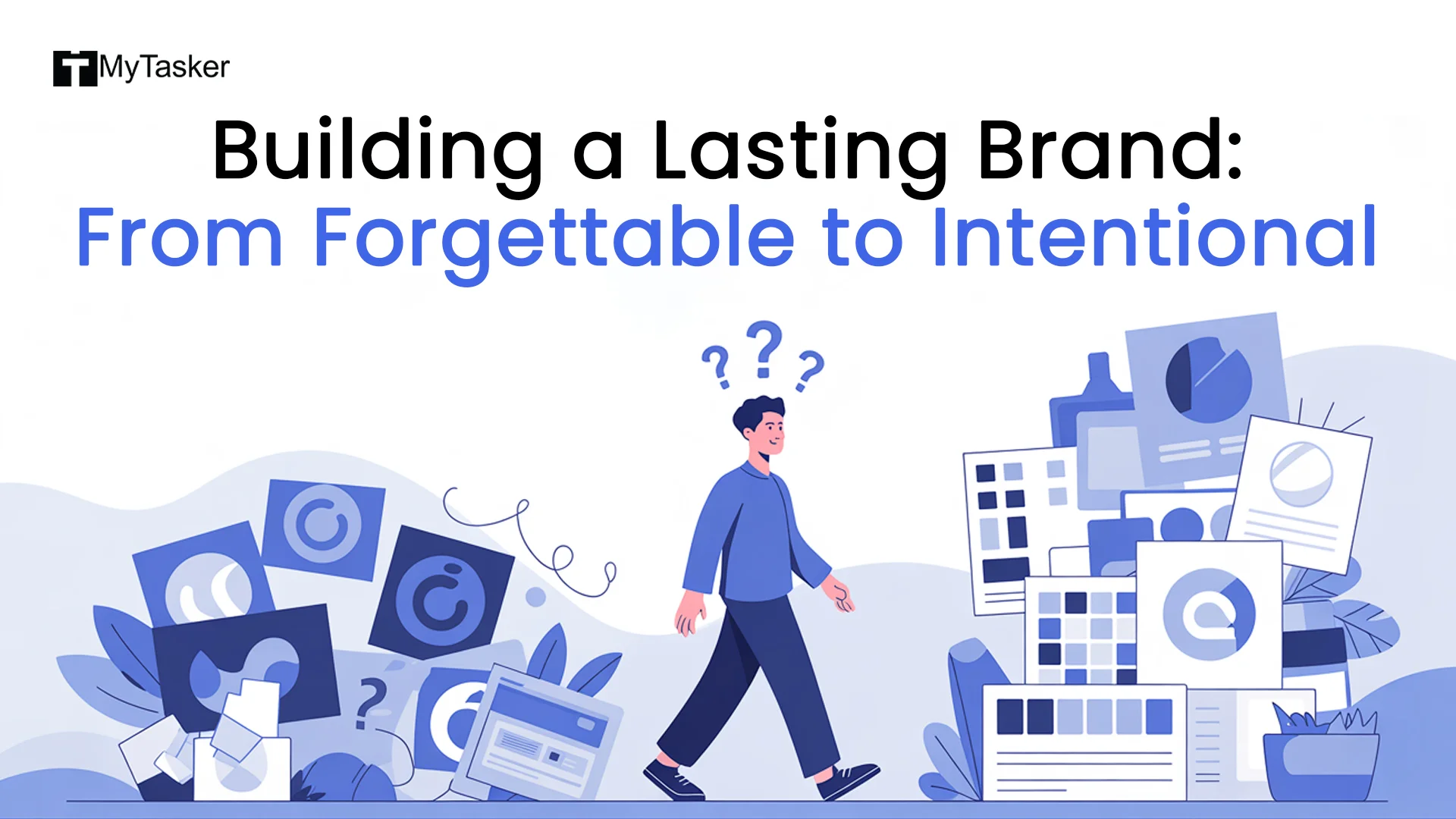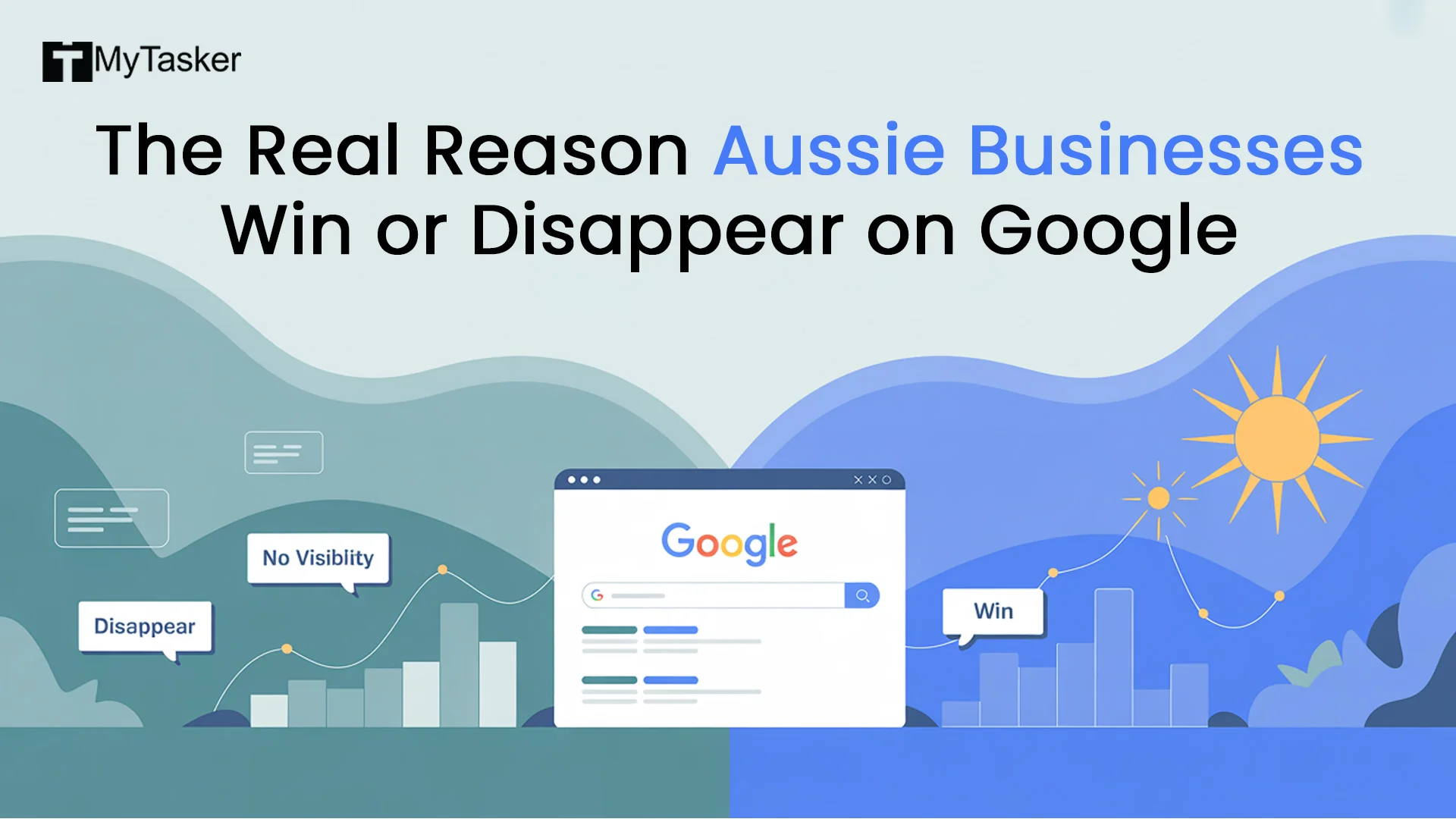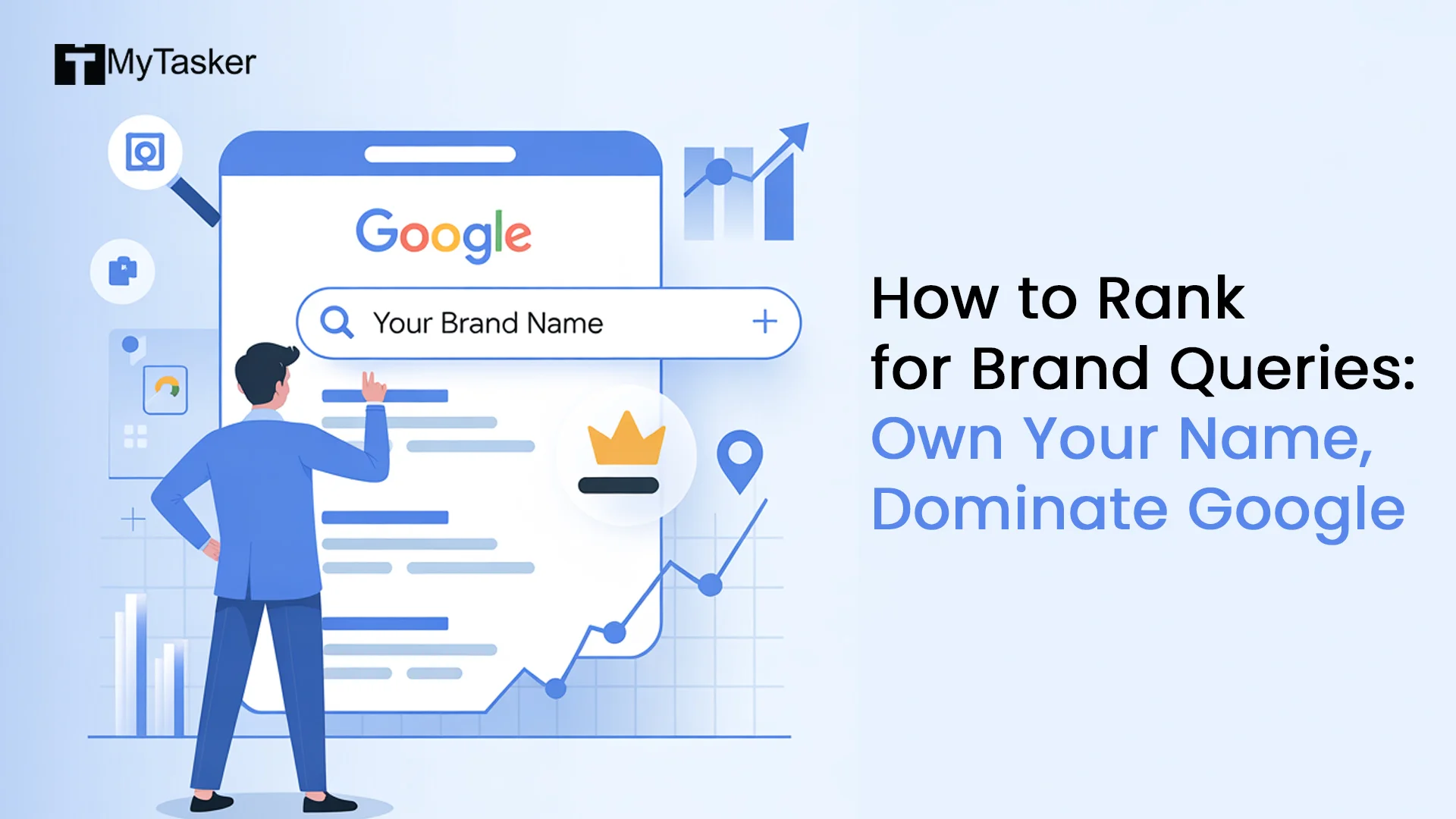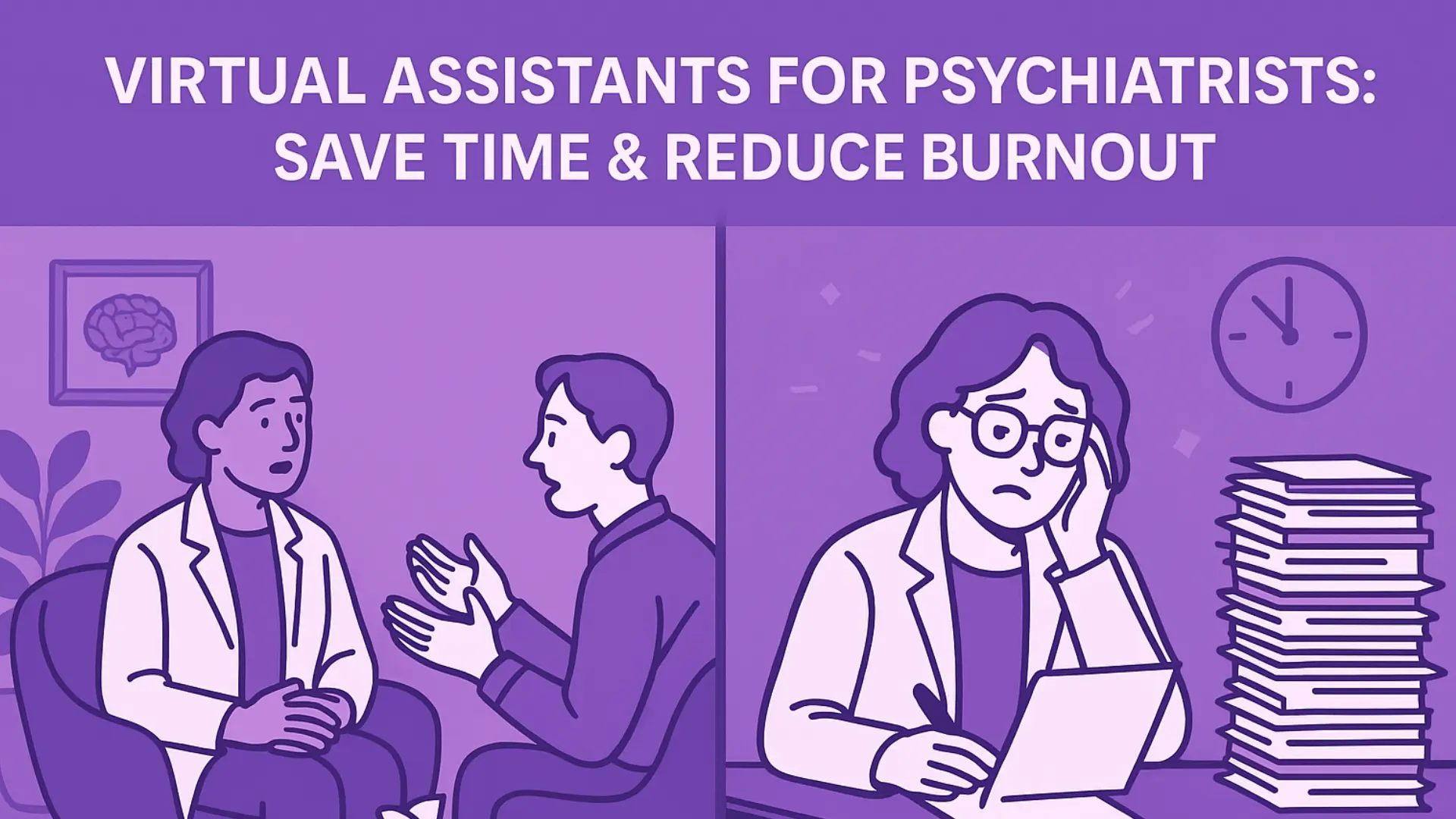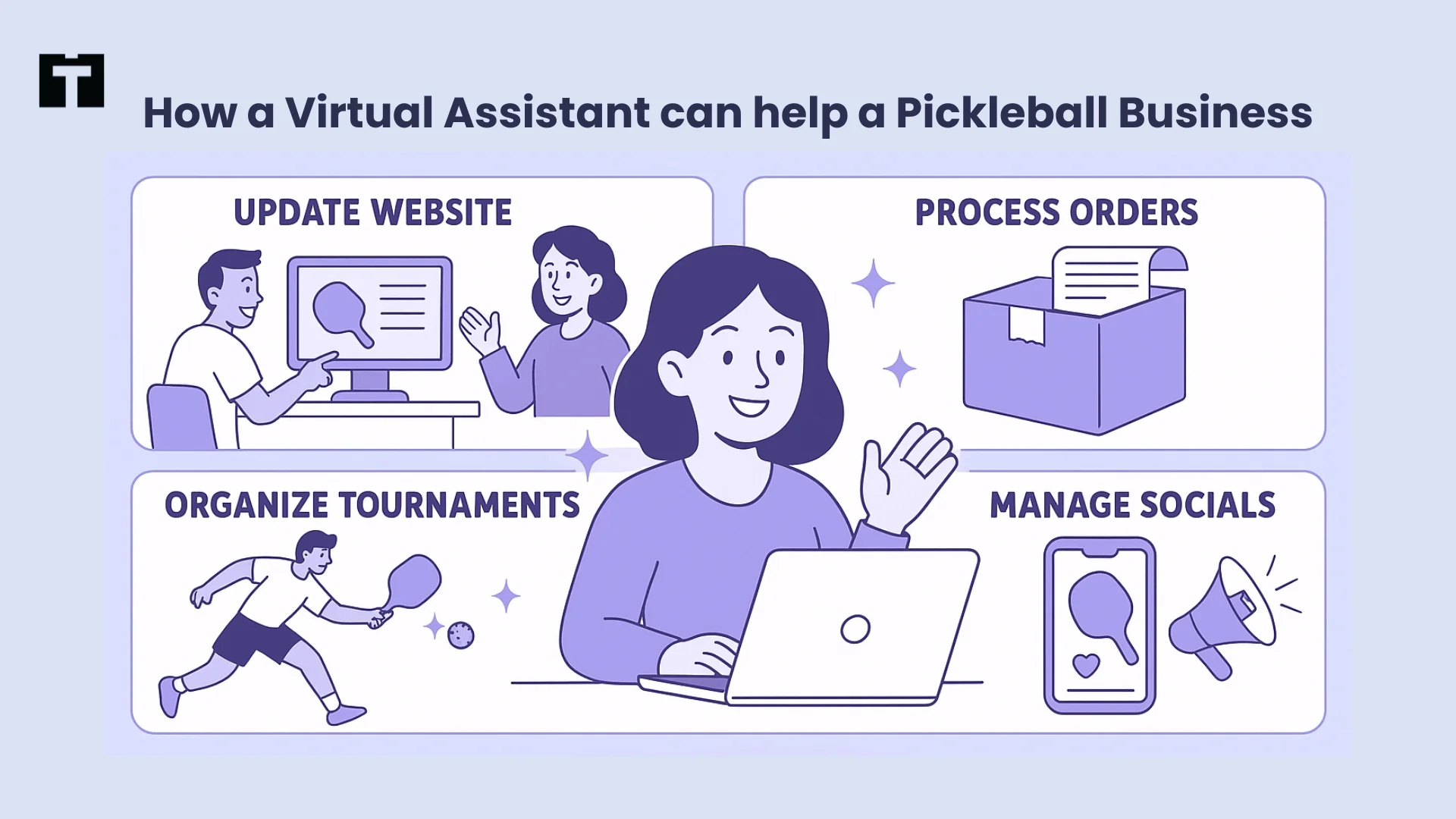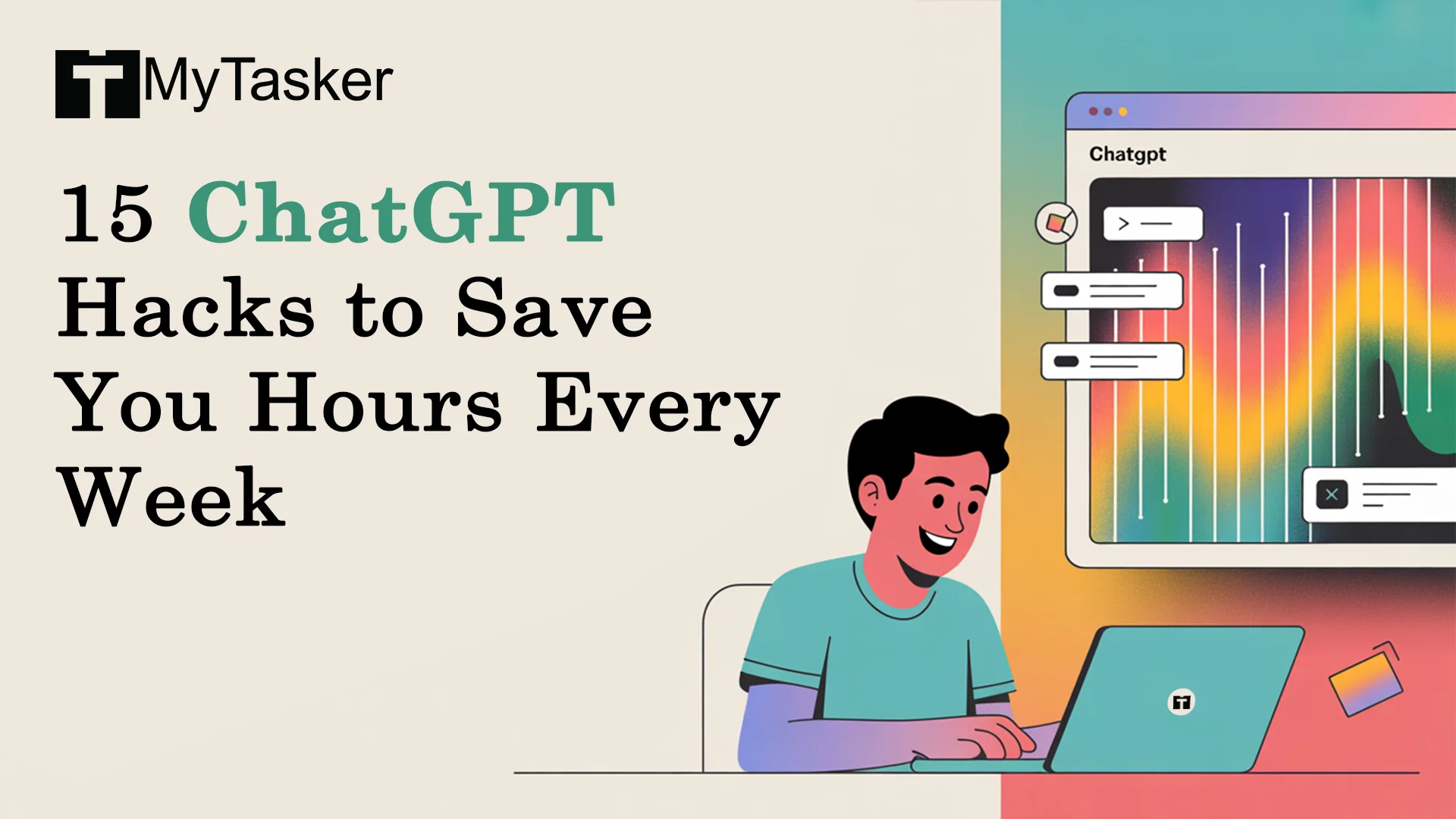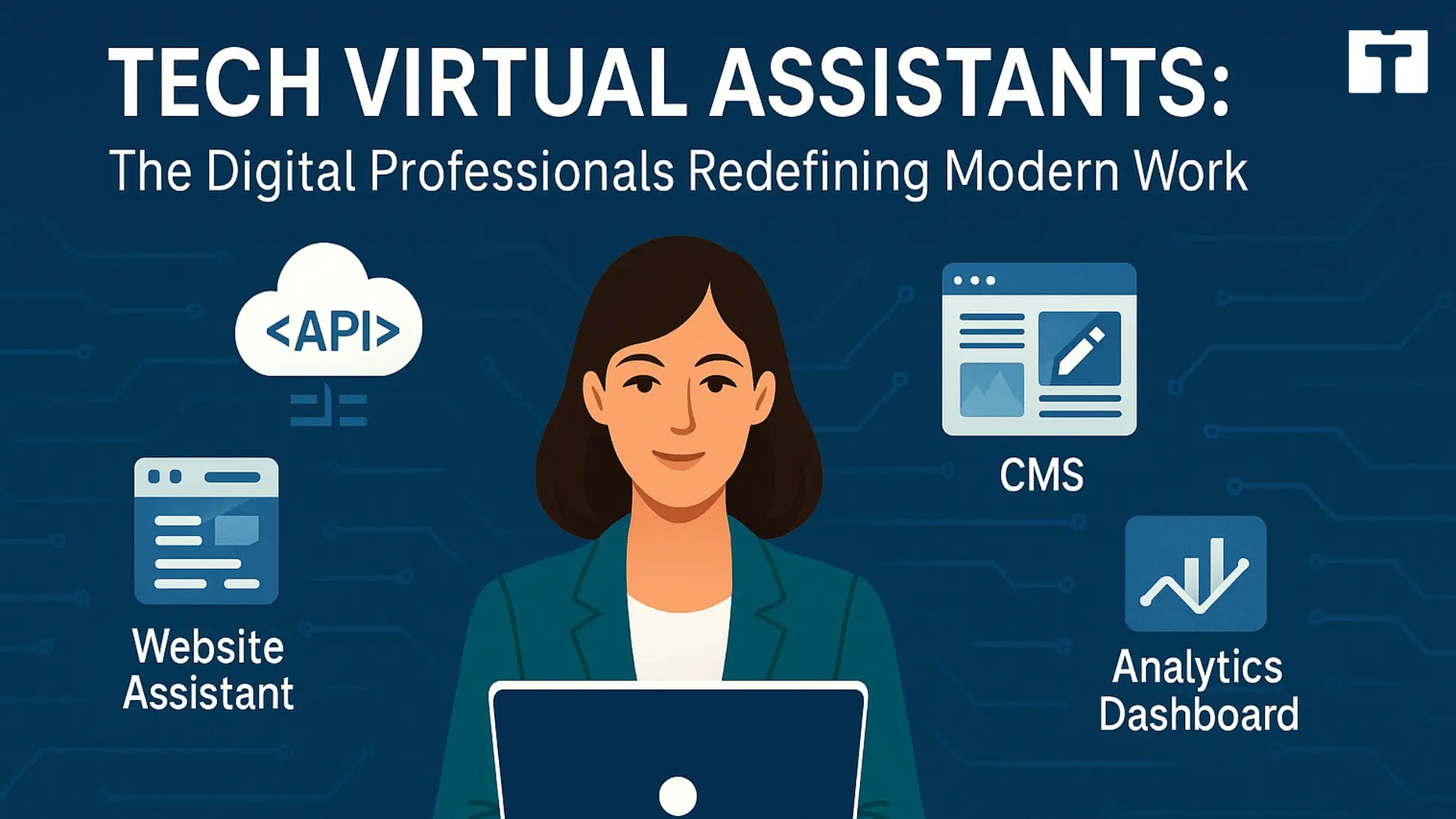From the beginning of civilization, the human race has reigned supreme over other animal species not because of physical strength or sharp teeth but because of a far more powerful tool: imagination. Our ancestors painted on cave walls not just to reflect reality but to question it. In those primitive brushstrokes, we find the first evidence of creative thinking and the embryonic seeds of critical thinking in art.
In the present scenario, when our decisions are influenced by algorithms, Artificial Intelligence, and hyper-efficiency, these ancient cognitive powers remain our most valuable assets. The process and result of critical thinking about art is no longer the domain of thinkers like artists or philosophers—it is a survival skill taught and practiced in business boardrooms and university lecture halls.
The Role of Creative Thinking in Business and Education
In today’s digital world, machines and automation have become our competitors in the struggle for supremacy. Artificial intelligence can process more data in a second than a human brain can in a lifetime. But what it cannot yet do—at least not authentically—is dream, imagine, or intuit. That realm still remains ours.
Creative thinking is what enables a teacher to transform a rigid syllabus into an engaging learning journey, or a business leader to reimagine their company’s place in a shifting market. In a world where quality is determined by optimization and search rankings, creativity whispers, “What if we did it differently?” It refuses to be confined by rules or legacy.
The same instinct that pushed cave dwellers to draw antelopes on walls now drives entrepreneurs to design new platforms and educators to reframe learning not as memorization but as exploration.
Why Critical Thinking Is Essential
Yet creativity without structure is chaos. That’s where critical thinking enters the scene. It doesn’t silence imagination—it sharpens it. Just as a sculptor creates an art form by carving raw stone, critical thinking brings out clarity from intuition.
For an educator, this means guiding students to not only ask “What does art do?” but to ask “Why is it important?” For a business executive, it means looking beyond vanity metrics to truly assess what strategies are working and which are distractions. In both cases, critical learners are not satisfied with surface truths—they seek deeper meaning, supported by evidence and logic.
This ability to question assumptions, analyze complexity, and evaluate perspectives is what enables societies to evolve. When art and critical thinking intersect, we create not just knowledge—but wisdom.
The Process and Result of Critical Thinking About Art
The Process of Critical Thinking in Art
Art has always been one of the most profound training grounds for thought. Engaging with critical thinking artwork is not about aesthetics alone; it is about the brain learning to observe, deconstruct, and reflect.
The process begins with observation—a deceptively simple act that, in practice, is radical. In a culture of scrolling and swiping, to truly look is an act of resistance. It is followed by analysis, where the mind attempts to decode symbols, forms, and context. Interpretation arrives next, bridging the gap between what is seen and what is felt between historical facts and human experience. Finally, we arrive at evaluation—not just of the artwork, but of our own reactions to it.
In this four-step journey, we train our minds to become more precise, more open, and more resilient. We cultivate not only artful thinking, but the intellectual humility to say, “I may not fully understand this yet—but I want to try.”
The Results of Critical Thinking About Art
We often ask what art teaches us as if the value lies only in the object. But the truth is, the result of critical thinking in art lies in how it changes the observer. It teaches students to write more clearly because they learn to think more clearly. It helps professionals craft stronger strategies because they have learned to evaluate with discernment.
The benefits of art for students are not limited to test scores, although those improve too. What art fosters—when taught not as a luxury but as a necessity—is agency. The student learns they are not a passive consumer of culture but an active participant in it.
In the same way, art education benefits business strategists, marketing gurus and policymakers by imbibing the human touch in their decision-making, making them more empathetic in their leadership, and being more adaptive in their thinking.
Why Art Education Matters in a Digital Age
In this age where decisions are influenced by data, art reminds us of nuance. While machines crave precision, human beings thrive in ambiguity. That’s why art history and critical thinking belong not in the margins of education, but at its very center.
The benefits of art education statistics are evident from surveys. Students with consistent arts exposure perform better academically, show greater emotional intelligence, and are more likely to graduate. But data collected from surveys alone cannot reflect the sense of elation when a child sees their own story reflected in a painting, or when a leader finds clarity in a metaphor.
We don’t teach art so students can become artists. We teach it so they can become more fully human.
The Role of Virtual Assistants in Supporting Innovation
In the pursuit of creativity and critical thought, the greatest barrier is often not lack of talent—it is lack of time. Here lies the often-overlooked brilliance of delegation. When educators and entrepreneurs are buried in logistics, emails, and data entry, their minds cannot roam freely into the realms of strategy, vision, or imagination.
This is where MyTasker enters, not as a tool or an app but as a partner. Our virtual assistants do not just handle tasks—they protect your mental bandwidth. While you focus on building a brand, shaping young minds, or reimagining a product, we take care of the scheduling, research, formatting, and follow-ups.
In one case, a startup in healthcare approached us to help manage patient onboarding. We did more than process forms. We observed the system, identified bottlenecks, and proposed a chatbot to streamline the flow. The result? A 40% reduction in wait time and a significant leap in patient satisfaction. Not because we thought outside the box—but because we helped the client get out of it.
How MyTasker Enhances Creative and Critical Work
At MyTasker, we see ourselves as enablers of thinking artfully and acting strategically. Whether you are designing a curriculum that integrates critical thinking in art or launching a new business built on innovation, our role is to give you time—the rarest currency in a world addicted to speed.
With that time, you are free to lead with empathy, to ideate without pressure, and to revisit questions that don’t have easy answers.
Final Thoughts: The Future Belongs to the Thoughtful
When historians look back on the 21st century, they will not ask how fast we typed emails or how many apps we downloaded. They will ask whether we remembered how to think.
In a world dominated by artificial intelligence, the most valuable skill is not speed—it is depth. Creative thinking and critical thinking in art allow us to dive below the noise and make meaning. They remind us that progress is not just about efficiency—but about understanding.
MyTasker believes that this unique gift of creative thinking should be prioritized over everything else. Let us take care of the distractive and mundane tasks off your platter so that you can focus on the creative work that matters—whether it is creating a strategy for a business, inspiring a group of learners in a classroom, or simply daring to imagine something new.
Remember, your time is like an artist’s canvas. Use it to create something timeless.



